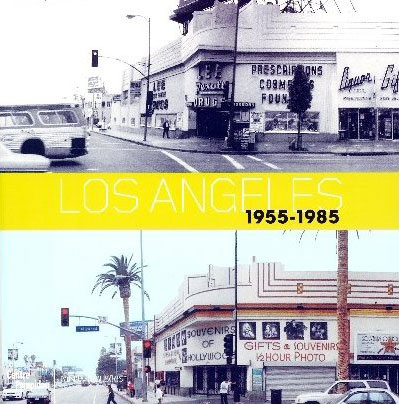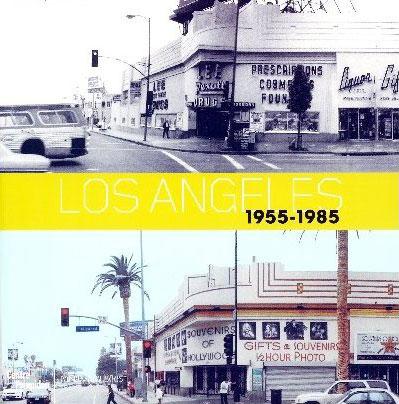The art of Southern California has taken a long time to find its rightful place in the (art) world. Despite the consistently high quality of work made here, the art and artists of Los Angeles undeniably languished in the shadow of their East Coast counterparts for many years. In 1984, when I moved to L.A. from New York—which in those years was generally acknowledged to be the center of the contemporary art world, both domestically and internationally—I remember being told that art in Los Angeles almost came into its own after LACMA opened in 1965 as an independent art museum on Wilshire Boulevard (rather than as a division of the Los Angeles Museum of Science, History and Art in Exposition Park)… but that it never quite happened. Then in late 1986, with the opening of both LACMA’s new building for twentieth-century art and Arata Isozaki’s signature building for Los Angeles’s Museum of Contemporary Art, the buzz was that—finally—art in L.A. was going to come into its own… but again, that never quite happened.
During the 1990s, as the art schools in and around Los Angeles (notably CalArts, Art Center, UCLA, and Otis) gained prestige, the gallery scene and the number of serious collectors of contemporary art in the city grew exponentially. Equally important, any number of young artists chose to stay in or move to Los Angeles rather than heading to New York as had previously been typical; many of these artists went on to forge successful international careers. During those same years, London, Berlin, and Tokyo also emerged as significant contemporary art centers, as not only the business world but also the art world became increasingly globalized and decentralized. And yet even still, Los Angeles was not quite a first-class art-world citizen, despite such important shows devoted to the art of Southern California as MOCA’s Helter Skelter: LA Art in the 1990s (1992), and Sunshine & Noir: Art in Los Angeles 1960–1997, organized in Denmark in 1997. The final validation came only in 2006, when the Musée National d’Art Moderne in Paris, aka the Pompidou, organized Los Angeles 1955–1985: Birth of an Art Capital, shining from afar a true spotlight on the City of Angels and its phenomenal art scene over the course of three decades.

Los Angeles 1955-1985: Birth of an Art Capital, Centre Pompidou (2006)
Despite the fact that LACMA’s permanent collection will never be quite the same, “the Pompidou’s Los Angeles show,” as it tends to be called, was the boost that finally put Southern California art over the top. Organized in Paris by a major museum with a large and international audience, it could not be considered local or boosterish but rather was seen as the fourth in a series of major, critically acclaimed Pompidou shows that focused on international centers of cutting-edge artistic activity earlier in the twentieth-century: Paris-New York, Paris-Berlin, and Paris-Moscow. Finally, it can now truthfully be said, the art of Los Angeles has come into its own.
Carol S. Eliel



